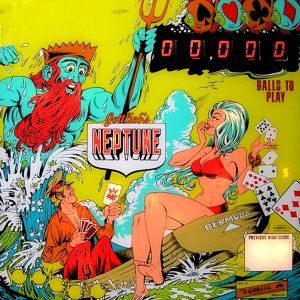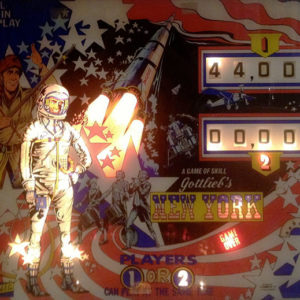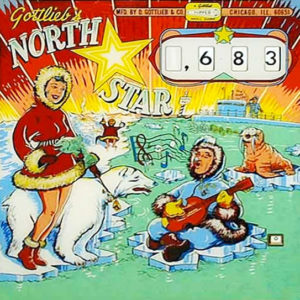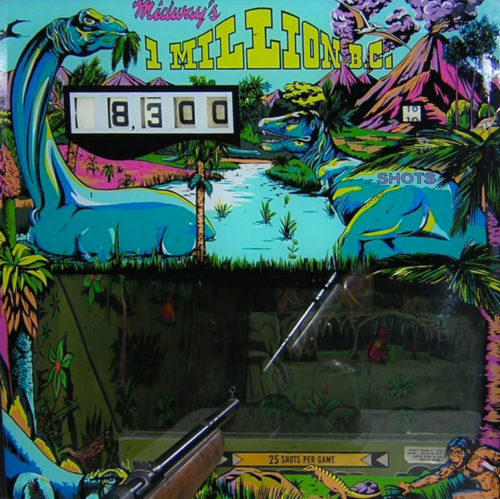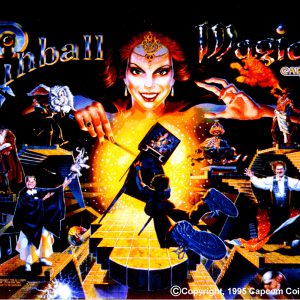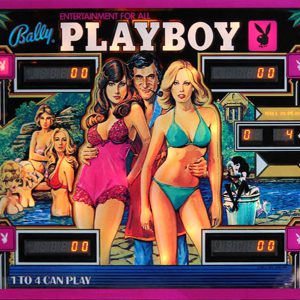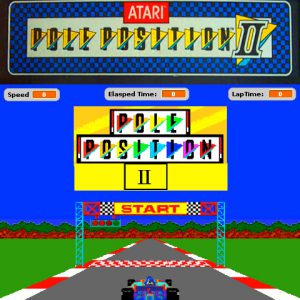-
In this, the first proper sequel to Namco’s legendary pill-eating maze game, players must once again run around a number of mazes, eating all of the pills that are scattered throughout. The ever-present ghosts (Blinky, Pinky, Inky and Sue) return to hamper the player’s progress. The infamous “power pills” are also present and correct, with four appearing in each maze. Namco introduced a number of changes and enhancements over the original game. The first difference is in the main character. For the first time in video-game history, the game’s lead character was female. Ms. Pac-man is almost identical to the original character with two main differences: she wears a bow in her “hair” and is also wearing lipstick. Another change from the original is that the bonus fruit items are no longer static but now move randomly around the mazes. Ms. Pac-man features four different maze layouts, which alternate every two to four screens: the first maze is only encountered in rounds 1 and 2 and has 220 dots and four power pills. There are two sets of tunnels in this maze equidistant from the center of the maze. You must clear this maze twice before moving on to the next maze. The second maze is only encountered in rounds 3, 4, and 5, and has 240 dots and four power pills. There are two sets of tunnels in this maze: one set in the lower half, and the other set at the very top. You must clear this maze three times before moving on to the next maze. The third maze is first encountered in round 6 and has 238 dots and four power pills. Unlike all other mazes, there is only one set of tunnels in this maze, slightly above the center of the board. You must clear this maze four times before moving on to the next maze. The fourth and final unique maze is first encountered in round 10 and has 234 dots and four power pills. There are two sets of tunnels in this maze, directly next to one another in the middle of the maze. The turns at the entrance to the tunnels change the usual immediate accessibility of the tunnels and should be taken into account. You must clear this maze four times before moving on to the next maze.




